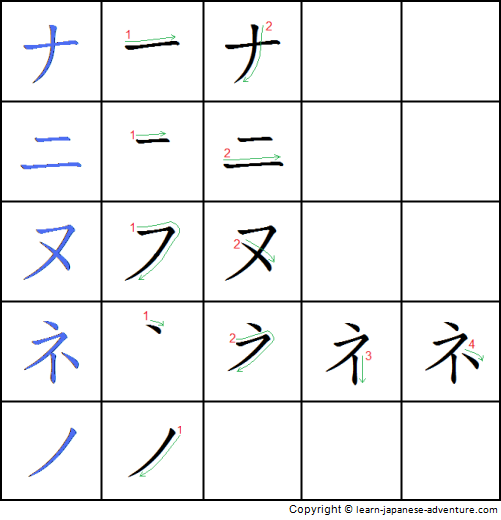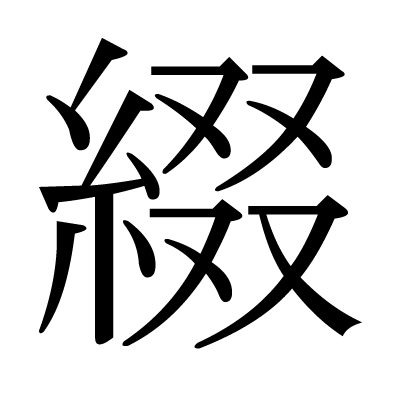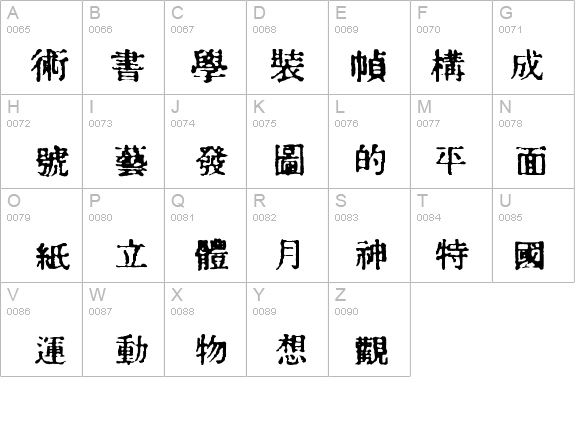
Okay! Now, let’s take a look at the characters for each of the Japanese alphabets. What that means is: the hiragana き and katakana キ are both read as “ki.” Just like “A” and “A” in print and cursive English. Katakana and hiragana both contain the same amount of characters that correspond to each other. You’ll also see them used for Japanese onomatopoeia. Sometimes you’ll see either slang or people’s names written in katakana to stylize or put emphasis. What about katakana? Well, katakana is only used for two reasons: to write foreign words in Japanese, or to put emphasis on a word. Kanji characters can have many different readings though, unlike the standardized, single reading of kana characters. For instance, hashi means both “chopsticks” and “bridge.” But when you’re writing, the kanji makes it obvious which you mean: if you write 箸, you mean “chopsticks.” And if you use 橋, you mean “bridge.” Kanji are used in reading and writing to make it clear what the word is referring to. It’s also a bit childish to write only in hiragana – children write exclusively in hiragana until they start learning kanji in grade school. Words can get “jumbled” together because Japanese doesn’t use spaces. Writing exclusively in hiragana is okay, but makes it a bit more difficult to read. Also, it can be used to write particles that mark the purpose of a noun or verb in a sentence. It can be used for furigana, small hiragana written above kanji to help with reading. Words can be written entirely in hiragana. Hiragana is also used for many other reasons. They’re used together to create one word: suki, “like.” The second character, き, is a hiragana symbol that’s read as ki. The first character, 好, is the kanji and read as su. Many words are represented by a kanji character and the sound is completed with hiragana.Īn example of this is 好き ( suki). Each of the characters has its own function, though.

Hiragana and katakana are native to Japan, while kanji was imported from Chinese hanzi. Unlike English where you’d write only in cursive or print, you can combine kana and kanji as needed. The three systems of writing can all be used within the same sentence. The third writing system, kanji, is not really an alphabet or a syllabary. Japanese has two “alphabets” called hiragana (curvy like English cursive), and katakana (angular like English print). Other than that, consonants must always be paired with a vowel, and the vowel will always follow the consonant. There is only one character that represents a sole consonant: n. There are two main ways the characters represent syllables: as a sole vowel and as a consonant with a vowel. The Japanese alphabet is called a “syllabary,” or “syllabic script.” That’s because each “letter” in Japanese represents a whole syllable in English. How you read the characters in Japanese is exactly how you say it, without exception. There’s no guessing like in English, where two words that look the same sound nothing alike, or words that look nothing alike sound the same. Because of that, reading Japanese is a great way to pick up proper pronunciation for spoken Japanese. There are 46 basic characters in the Japanese alphabet and additional characters/sounds that can be made from the basic 46.Įach of the alphabet symbols forms one syllable made of the 21 romaji, which is phonetic and always read the same way. Now say “da, da, da.” This spot where your tongue touches the roof of your mouth is actually where you flick off from to create the “r” sound in Japanese! How Many Letters are in the Japanese Alphabet? Say “la, la, la” and notice where your tongue flicks off from behind your teeth. The main sound that English speakers struggle with is the Japanese “r.” It’s pronounced between an “l” and an “r”, almost like the soft “r” sound from Spanish. Japanese contains almost no new sounds for English speakers, whereas English has many sounds not found in Japanese. The sounds in the Japanese alphabet are one thing that makes Japanese easier for English speakers to learn than for Japanese speakers to learn English. There is also the combined letters ch – the letter “c” is never used on its own.

And you’ll use these consonants: k, g, s, z, j, t, d, n, h, f, b, p, m, y, r, w. When Romanizing Japanese (that is, writing Japanese words with English letters, also called romaji), you will only use the vowels a, i, u, e, o. The Japanese alphabet actually contains fewer letters than the English alphabet! I’ll start by answering questions that language learners often ask about why Japanese is written the way it is. What are the Letters of the Japanese Alphabet? Tips for Learning the Japanese Alphabet, Fast.Should You Read Japanese Right-to-Left or Left-to-Right?.What is the Most Common Japanese Alphabet?.How Many Letters are in the Japanese Alphabet?.



 0 kommentar(er)
0 kommentar(er)
